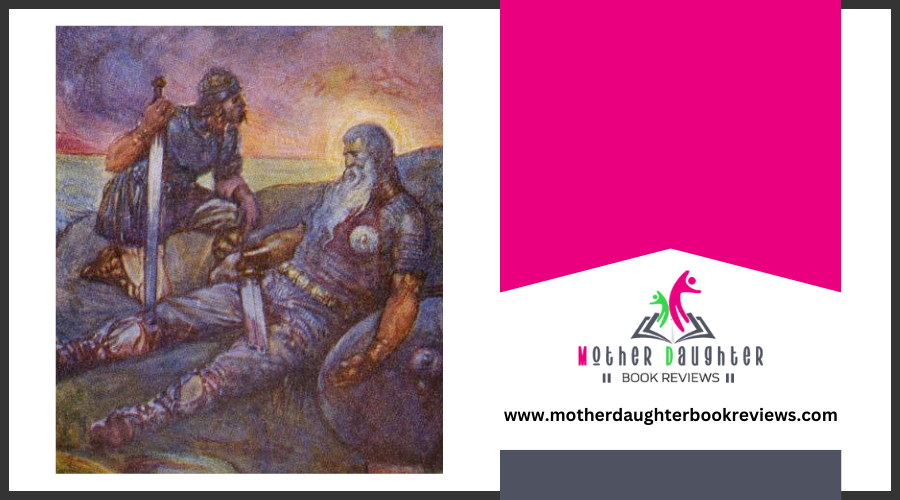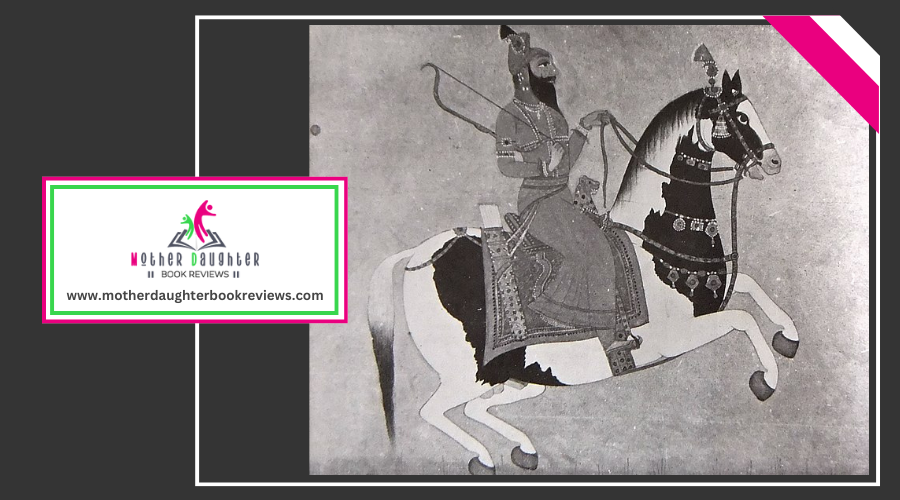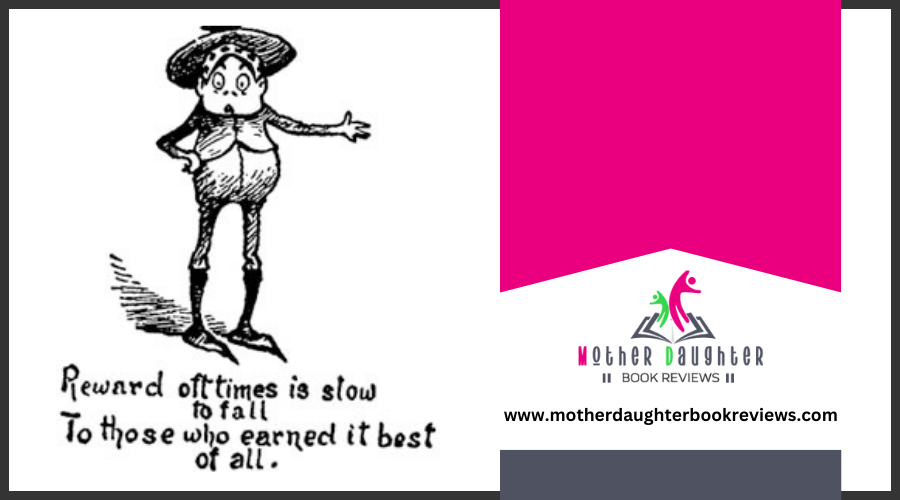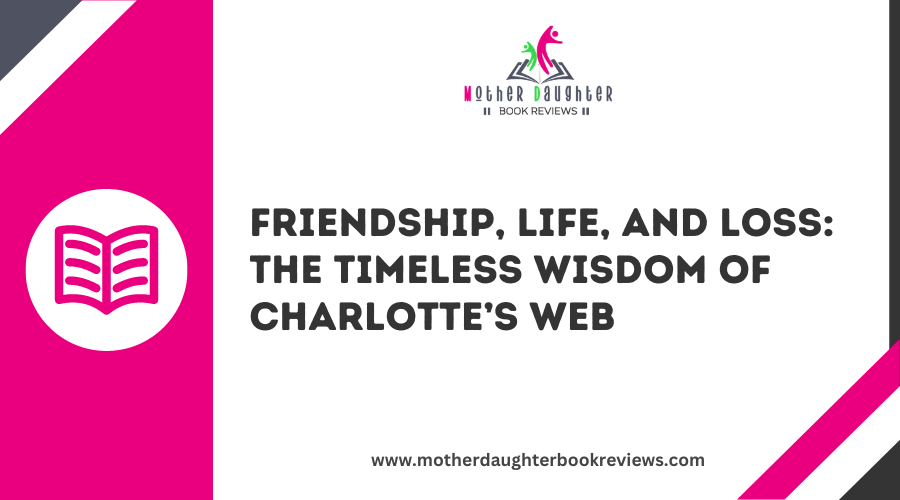How Do Fables and Fairy Tales Convey Timeless Wisdom?
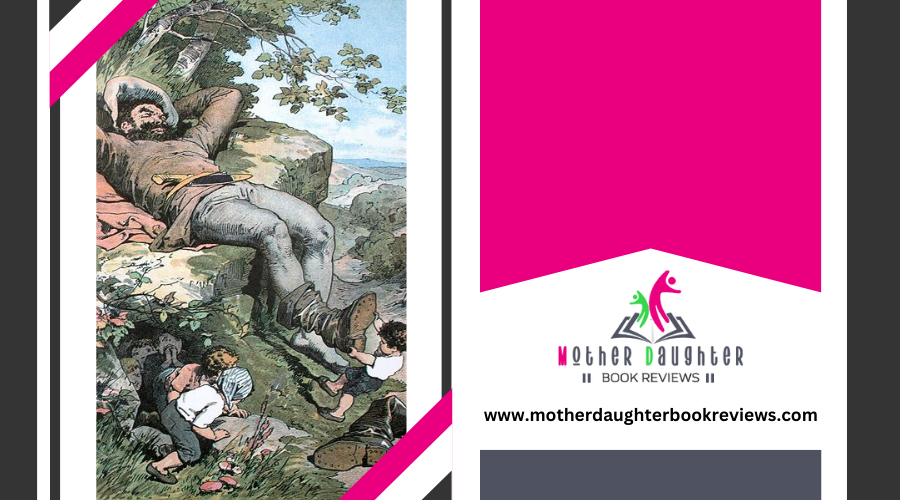
You uncover timeless wisdom in fables and fairy tales because they draw deeply from ancient myths and folklore. These stories use symbolism and allegory to highlight universal truths and moral lessons. Characters often represent human traits, like patience or integrity, helping you relate to their paths. Conflict and resolution within these tales teach resilience and ethics.
Origins in Ancient Myths
When delving into the origins of fables and fairy tales, you'll find they often trace back to ancient myths. These mythical influences play an essential role in shaping the stories we recognize today. By examining these roots, you can see how storytelling evolution has unfolded over centuries. Ancient myths provided a rich tapestry of gods, heroes, and monsters that inspired countless tales.
You might be surprised to learn how many familiar elements of fables and fairy tales originate from these early narratives. For example, the concept of a hero's expedition, prevalent in modern stories, is deeply rooted in mythological traditions. These myths were not just entertainment; they conveyed moral lessons and cultural values, much like fables and fairy tales.
As societies evolved, so did their stories. Oral traditions passed down through generations began to incorporate local customs and beliefs, enriching the narrative tapestry. This storytelling evolution allowed for the preservation and adaptation of ancient myths into more accessible forms. By understanding these origins, you can appreciate the timeless wisdom embedded in fables and fairy tales, and how they've continued to captivate audiences through the centuries.
Symbolism and Allegory
Symbolism and allegory are essential tools in fables and fairy tales, transforming simple stories into profound narratives. When you explore these tales, you'll notice how symbolic imagery enriches the narrative. For example, in "The Tortoise and The Hare," the slow-moving tortoise symbolizes patience and perseverance, while the hare represents overconfidence. These characters aren't just animals; they're metaphors for human traits and behaviors.
Allegory takes this a step further by embedding deeper meanings within the plot. Think of "The Lion, the Witch, and the Wardrobe" by C.S. Lewis. The entire story serves as an allegory for good versus evil, with Aslan the lion symbolizing a Christ-like figure. By using such narrative techniques, the story transcends its surface level and offers layers of interpretation.
These techniques engage your imagination and encourage you to think critically about the world. They allow universal truths to be conveyed in a way that's both memorable and impactful. The symbolic imagery and allegorical elements make these stories timeless, ensuring they resonate across different cultures and generations.
Moral Lessons and Ethics
Moral lessons and ethics are at the heart of fables and fairy tales, offering readers timeless guidance on right and wrong. When you explore these stories, you encounter moral dilemmas that challenge characters to make choices reflecting their values. These tales don't just entertain; they provide a blueprint for maneuvering through life's complexities.
Take "The Tortoise and the Hare," for example. It's not just about a race; it's a lesson in perseverance and humility. You learn that arrogance can lead to downfall, while steady effort often wins the day. This story, like many others, uses a simple narrative to illustrate an ethical framework that you can apply to real-life situations.
In "The Boy Who Cried Wolf," the moral dilemma revolves around truth and trust. You see how dishonesty erodes credibility, teaching you the importance of integrity. These stories are rich in ethical lessons that resonate across cultures and generations.
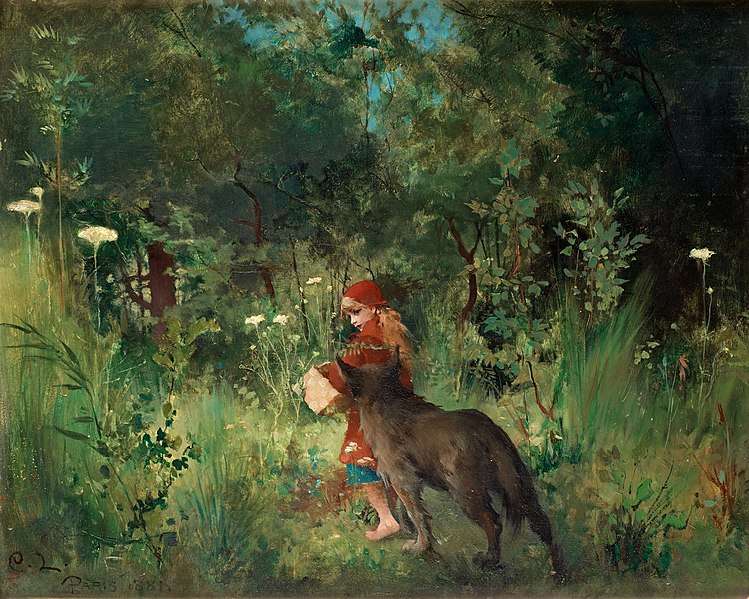
Archetypes and Characters
Archetypes and characters anchor fables and fairy tales, providing you with familiar figures that embody universal human traits. These tales utilize archetypal roles such as the hero, the villain, the mentor, and the trickster. Each of these characters serves a distinct purpose in the story's narrative and moral structure. For example, the hero's expedition often involves overcoming significant obstacles, which fosters character development.
When you encounter the mentor archetype, like Merlin guiding King Arthur, you see how wisdom and guidance shape the hero's path. Meanwhile, the trickster, such as Anansi the Spider, uses wit and cunning to challenge the status quo, prompting you to think critically about the world around you. The villain, often embodying greed or malice, highlights the consequences of immoral actions, reinforcing ethical behavior.
Cultural Values and Beliefs
In fables and fairy tales, cultural values and beliefs are woven seamlessly into the narrative, offering more than just entertainment. As you read these timeless stories, you'll notice they reflect the cultural identity of the societies that birthed them. For instance, tales such as "Cinderella" or "The Boy Who Cried Wolf" don't merely entertain; they also instill societal norms and expectations.
These stories often depict clear distinctions between right and wrong, reinforcing what a culture deems acceptable behavior. You'll find that the characters who embody virtues like honesty, bravery, and kindness are usually rewarded, while those who display greed, deceit, or cruelty face dire consequences.
Moreover, fairy tales and fables serve as a mirror, reflecting societal norms back to the audience, making them easier to understand and internalize. When you engage with these stories, you're not just following a plot; you're absorbing the cultural values and beliefs that have shaped the worldviews of countless individuals before you.
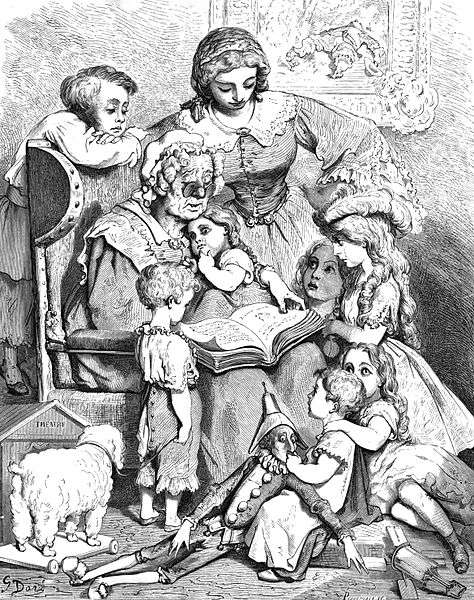
Lessons Through Conflict
Conflict in fables and fairy tales isn't just a plot device; it's a crucial teaching tool. When you explore these stories, you'll notice how conflicts drive character development and create narrative tension, making the lessons more memorable. Regardless of whether it's the cunning fox outwitting the crow or the valiant knight battling a dragon, these conflicts force characters to grow and evolve, offering readers valuable insights.
Consider how conflict improves the following elements:
- Moral Lessons: Characters often face dilemmas that highlight virtues like honesty, bravery, and kindness.
- Resolution Skills: Observing characters navigate challenges teaches problem-solving and resilience.
- Empathy: Experiencing a character's struggles fosters an emotional connection and understanding.
- Consequences: Actions have outcomes, and conflicts underline the importance of making wise choices.
- Strength of Character: Characters reveal their true nature through conflict, showcasing integrity or deceit.
Adaptations Over Time
Over time, fables and fairy tales have evolved to reflect the values and issues of different periods. You'll notice that classic tales like "Cinderella" or "Little Red Riding Hood" have undergone numerous transformations. This narrative evolution allows these stories to resonate with new generations while maintaining their core messages.
Cultural reinterpretation plays a significant role in this process. As societies shift, so do the themes and characters of these tales. For instance, early versions of "Cinderella" emphasized obedience and virtue, while modern retellings often highlight independence and self-empowerment. By adapting to contemporary norms and values, these stories remain relevant and impactful.
You can also see how different cultures adapt the same story to suit their own traditions and moral lessons. For example, the story of "The Frog Prince" has numerous variations across cultures, each with unique elements that reflect local values and beliefs. This adaptability guarantees that the wisdom embedded in these tales can be universally understood and appreciated.
Relevance in Modern Society
As fables and fairy tales have continually adapted to reflect changing values and cultural contexts, their relevance in modern society becomes apparent. You can see their impact in diverse forms of digital storytelling and contemporary retellings that resonate with today's audience. The timeless wisdom these stories offer remains essential, providing moral lessons and reflecting societal norms through a modern lens.
In contemporary culture, these stories:
- Address current social issues like equality, diversity, and mental health.
- Offer escapism and comfort, especially during challenging times.
- Bridge generational gaps, allowing older and younger generations to connect.
- Utilize digital platforms, making them more accessible and engaging.
- Encourage creativity and imagination, significant skills in an increasingly complex world.
Digital storytelling has transformed how these tales are shared, with platforms like YouTube, podcasts, and social media making it easier to reach a broader audience. Contemporary retellings, regardless of books, movies, or online series, adapt classic narratives to reflect today's values and challenges.
Conclusion
Fables and fairy tales convey timeless wisdom by weaving moral lessons, cultural values, and human experiences into engaging narratives. Through symbolism, allegory, and archetypal characters, these stories transcend generations and cultures, offering guidance on ethics, resilience, and personal growth. Their ability to adapt over time while retaining core messages ensures their ongoing relevance in modern society. These tales provide not only entertainment but also valuable insights into navigating life's challenges, making them enduring sources of wisdom for audiences of all ages.

